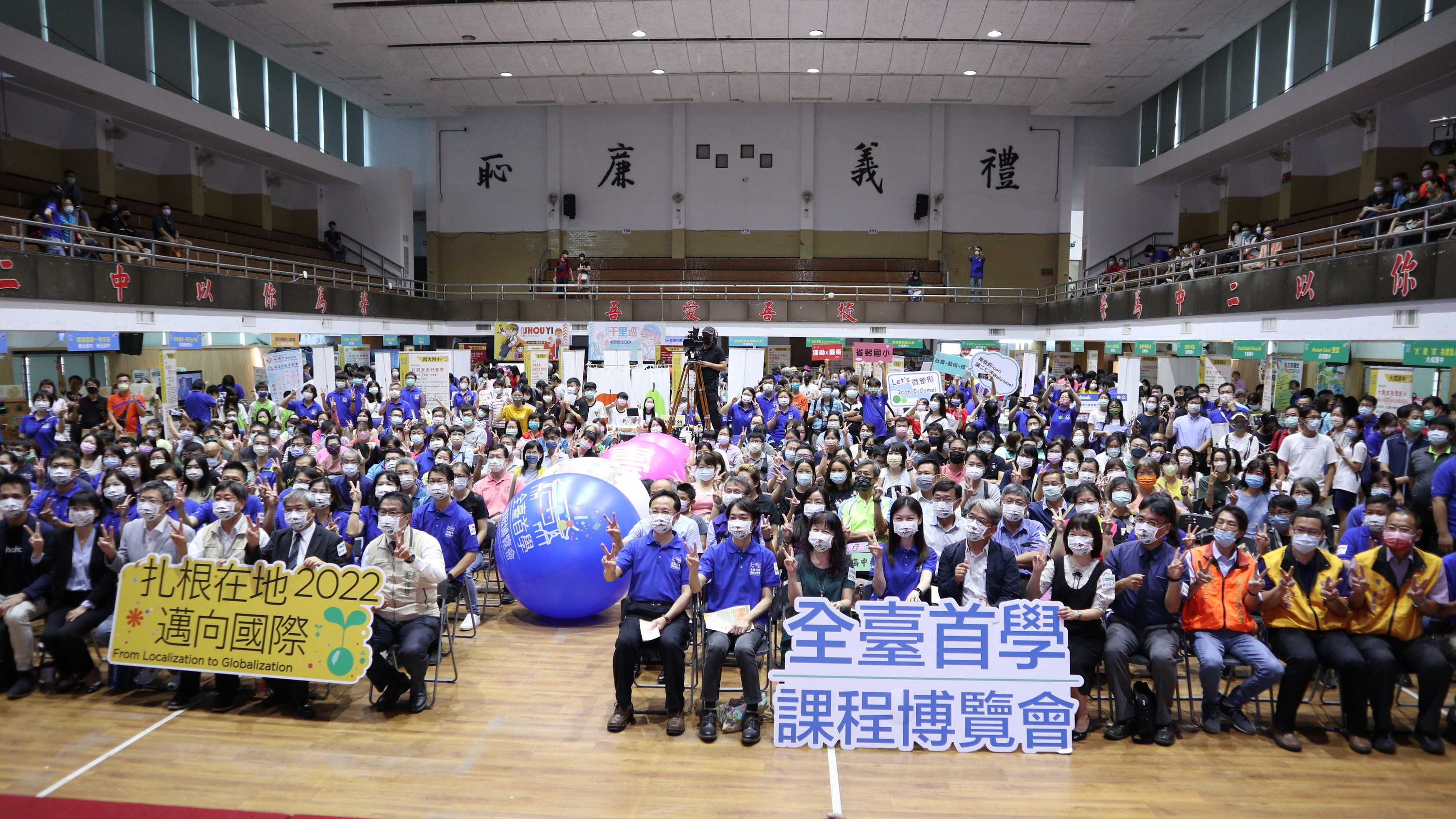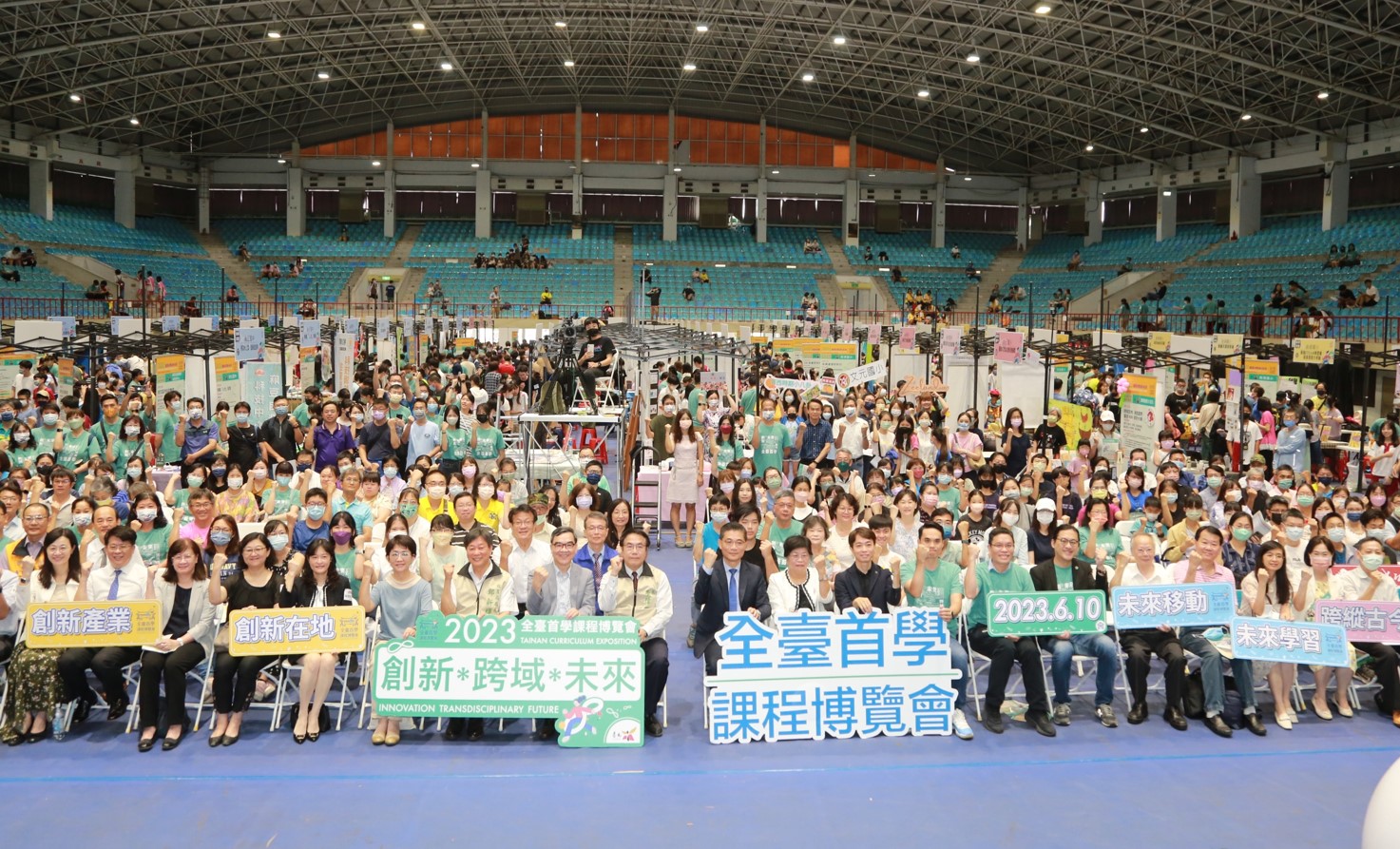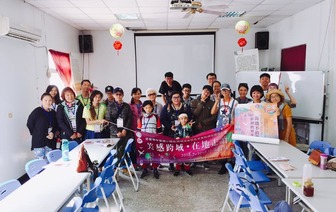Tainan City Private Yude Industrial Housework Vocational School: Performing Arts Theory and Practice Workshop
Sponsored by: Tainan City Private Yude Industrial Homework Vocational School
Time: October 14, 105 (Friday)
Lecturer: Assistant Professor Li Qichang, Institute of Arts and Humanities Teaching, National Taiwan University of Arts
Location: Conference room on the second floor of the teaching building of Tainan City Private Yude Industrial Homework Vocational School
Lecture content:

1. Introduce the cross-disciplinary aesthetic courses, combine saturated learning experiences through disciplines and art, play videos of teachers participating in the project across Taiwan, and discuss the difficulties in its implementation, such as further education, progress issues, and sense of accomplishment.
2. When implementing performing arts courses, teachers can ask students to start with warm-up activities. They can do circle movements with their bodies from beginning to end. As a warm-up exercise, they can stretch out one hand in pairs and do not touch their hands. To the other person, lead the other person in any direction by hand.
3. Elements of performing arts: body, eyes and imitation do not depend on external appearance, but use one's own body, voice and emotions as a medium.
4. Encourage students to think that they are beautiful and distinctive enough when performing physical expressions so that others will notice them. Only those who are awkward will feel inferior and lack self-confidence.
5. Professor Li talked with teachers in the fields of multimedia, fashion modeling and art to explore how to implement cross-field aesthetic courses and provide rich experience sharing, including implementation methods, teaching plan writing and sample cases, how to combine various fields, and submissions information and files, etc.
Thoughts and feedback:
1. Clearly understand the projects that need to be implemented in the implementation of the cross-field beauty course, and the timetable to be completed, including a course plan (no less than three lessons), an empowerment lecture, two copies of the workshop record sheet, and a highlight video It contains ten minutes of support, twenty photos of course activities, and five pieces of students’ learning experiences and achievements.
2. Cross-field aesthetic education courses can be combined with local culture to diversify and enrich the curriculum and allow students to understand the characteristics of their hometown.
3. Through cross-field aesthetic education, students can better understand acceptance and tolerance during the implementation process, and strengthen the conditions needed in life and interpersonal relationships.
4. In cross-field aesthetic education courses, teachers are expected to go beyond their own majors and combine them with other subjects, aiming to give students easy-to-use feelings and diversity, and enhance their international outlook.
5. Take the subject as the main axis and integrate art, concepts, media, beauty and resources to embellish and beautify the subject to make the course content more complete and interesting.
6. When implementing fashion and styling courses, physical courses, for example, can incorporate elements such as occasion music, and match them with suitable music media, including rhythm, melody, and timbre intensity, so as to strengthen students' body movements and use.
7. The teaching strategy can use collaborative teaching methods, where teachers of two or more subjects cooperate, give full play to the expertise of individual teachers, and use teaching media and equipment according to teaching needs to guide students to learn in different ways; or use creative thinking teaching to conduct During the activities, students are inspired to explore things, enable students to develop creative and unique expressions, and promote good interaction and feedback between teachers and students.



